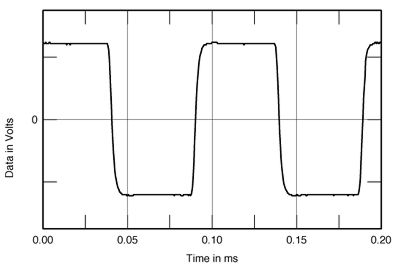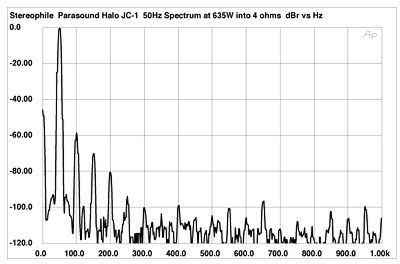| Columns Retired Columns & Blogs |
Parasound JC1 power amplifier comparison to the newer Parasound JC1+ power amplifier.
I have owned many amplifiers over the years; I am saying 30 or more. I have had small 75 watt amps to much more powerful 500 watt amplifiers.
I bought the JC1 amplifiers in 2004. I had read many positive reviews such as this one in Stereophile.
Upon a few weeks of listening; I honestly thought there was a problem with them. The bass was so deep, and textured, I thought something was amiss.
The dynamic swings were on a level that shocked me. The ability to go to very high volume levels, without sounding like the volume had changed. They just would not distort at ridiculously high levels.
The bass issue still bothered me. I thought part of the circuitry had malfunctioned, and was causing bass that did not exist in the music. It just seemed too present, deep and growly.
I changed speakers, as I have no tone controls in my system. The same; just amazing dynamics, crystal clear high volume levels and truly amazing bass.
It took me a bit. It was the fact the JC1's provided a huge amount of current.
I had also read many reviews stating the bass was phenomenal. I was satisfied they were not malfunctioning.
I did quite a few comparisons to amplifiers reviewed and bench tested in Stereophile. I found that the maximum dynamic output of this amp is hard to beat by any amplifier tested.
Then came the review of the new Parasound JC1+. The bench test measurements for the JC1+, even though it is rated at 450/Watts (50 more than the JC1), showed quite a bit less maximum power into 8/4 and 2 ohms.
The maximum power output was:
The JC1 - 8/4/2 ohms power output was 586/1154/2255 and 4200 watts into 1 ohm.
The JC1+ - 8/4/2 ohms power output was 500/830/1200 and no testing into 1 ohm.
I think this very high output from the Parasound JC1 was responsible for the exceptionally deep base and very large swings in dynamics. I think it also has very amazing detail and imaging.
If you can find a pair (usually around $5000) grab them. They get an A rating from me on my 20 year listening quest.












































